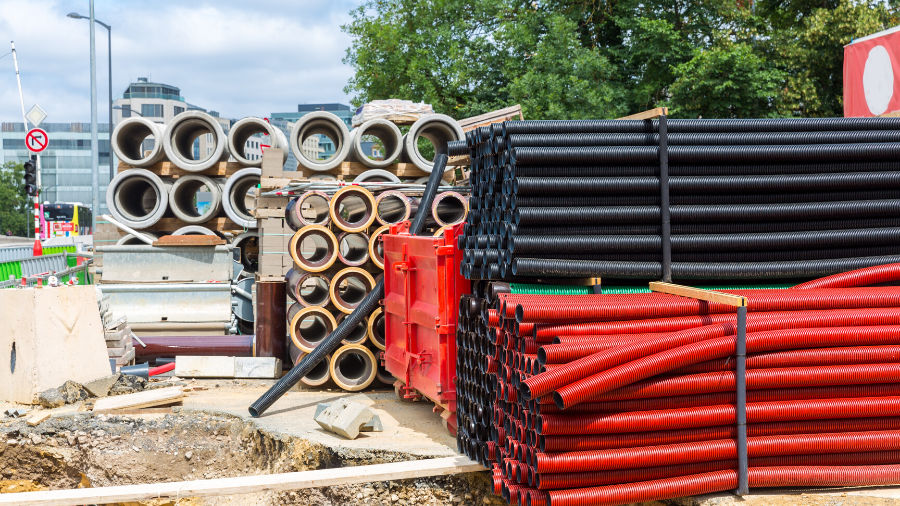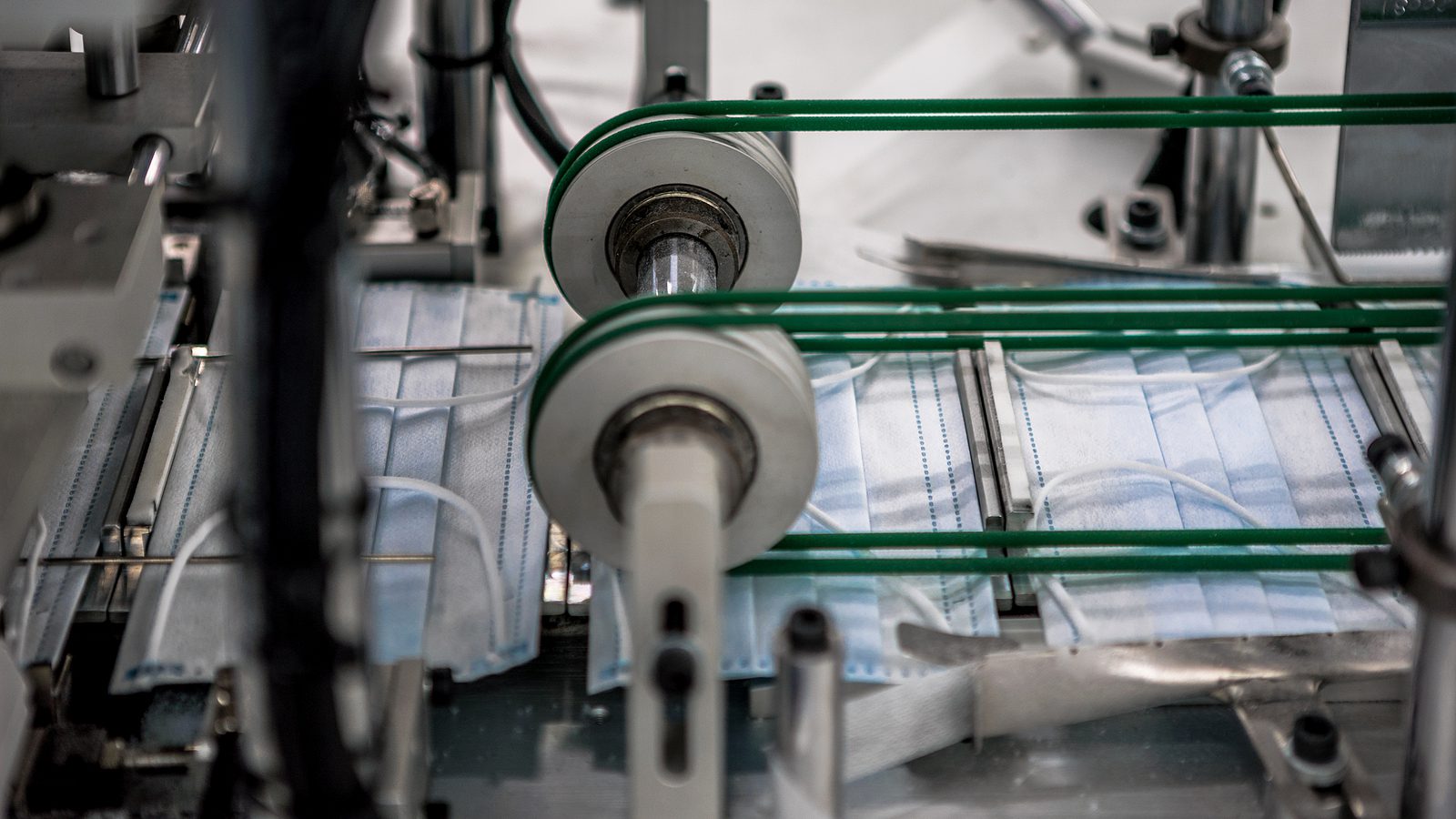By Laser 1 Technologies
Revolutionary Moments In Materials Manufacturing
Manufacturing is the ultimate hands-on endeavor. At its most basic, it is the transformation of materials by humans – something that has been going on since our early ancestors first used primitive tools approximately 3.4 million years ago.
We’ve come a long way since then. Manufacturing today owes a huge debt to Materials Science and Engineering, the field which is dedicated to the discovery and design of new materials. Manufacturing through the ages must give credit to their curious, clever ancestors who figured out how to isolate and use such ubiquitous substances as copper, iron and glass.
The Minerals, Metals & Materials Society, an international professional organization for materials scientists and engineers, took a poll of over 900 engineers “to determine the 50 Greatest Moments in Materials Science and Engineering in an effort to raise awareness of the vast contributions materials science has made.” Spanning nearly 30,000 years of human history, these material developments are still integral to life and manufacturing today.
Let’s take a look at the top 10 moments in materials history, in order, based on their poll.
1. The Periodic Table of Elements
While Dmitri Mendeleev is hardly a household name, his Periodic Table of the Elements, first compiled in 1894, has provided an elegant organizing principle and reference for engineers and scientists in countless fields.
2) Iron Smelting
The world’s most common metallurgical material, iron, was first smelted by the ancient Egyptians around 3500 B.C. Initially they created small decorative or ceremonial items. Could they have imagined the crucial role iron would play around the globe in the subsequent 5,000 years?
3) Transistors
The transistor radios we had as kids are an emblem of the shrinking of technology. No longer was a radio a piece of furniture: It could travel in your pocket for battery-powered entertainment anywhere. Invented in 1948, the transistor is a key component of nearly all modern electronics, and was a critical innovation leading to the computer and microchip revolution.
4) Glass
Imagine a time before glass. That was prior to circa 2200 B.C., when glass was developed in northwestern Iran. It remains one of the most important nonmetallic engineering materials today.
5) Optical Microscopy
When Dutch scientist and inventor Anton von Leeuwenhoek invented the optical microscope in 1668, he granted us access to an invisible world. The microscope has advanced scientific understanding of every aspect of the material world, and enabled critical advances in medicine, material science and more.
6) Modern Concrete
Modern concrete, also known as hydraulic cement, is our dominant construction material today. While versions of concrete can be traced as far back as the ancient Egyptians and Romans, today’s concrete, invented in 1755, has enabled bridges, skyscrapers and other feats of engineering.
7) Crucible Steelmaking
Crucible steel is formed by melting pig iron, iron, and sometimes steel, often along with sand, glass, ashes, and other fluxes, in a crucible – a metal or steel container able to withstand high heat. Developed by metalworkers in southern India around 300 B.C., it produces a remarkably resilient and workable material.
8) Copper Extraction and Casting
The first instance of extractive metallurgy took place around 5000 B.C., in what is now Turkey. Early metalworkers discovered they could extract liquid copper from malachite and azurite, and then cast the molten metal.
9) X-Ray Diffraction
The process of diffracting X-rays using crystals was discovered in 1912, yielding the important field of diffraction science, a method for characterizing different crystal structures.
10) Bessemer Process
A key innovation of the industrial age, the Bessemer process was invented by Henry Bessemer in 1896. He patented a technique for melting low-carbon steel using a bottom-blown acid process. This process enabled manufacturers to produce inexpensive steel in large quantities, fueling the growth of industrialization, transportation, and construction.
Curious what else made the list? Here’s the complete list of the 50 greatest moments in materials science and engineering.




